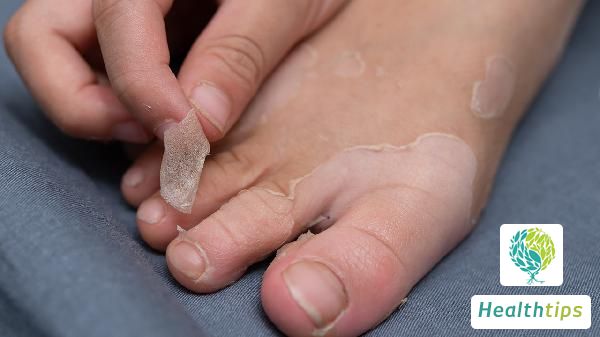"How Long Can Someone Live with a Damaged Heart?"
The longevity of individuals with heart damage cannot be generalized and is typically related to the extent of the damage. Clinically, the degree of heart damage is classified into four levels, each with varying impacts on lifespan. Details are as follows:

1. Cardiac Function Class I:
Indicates unlimited physical activity without experiencing notable dyspnea, chest tightness, or other discomfort during exertion. With proper care, life expectancy is generally similar to that of healthy individuals.
2. Cardiac Function Class II:
Indicates mild limitation in physical activities, where general physical exertion may result in noticeable fatigue or discomfort. With active cooperation in treatment, patients' life expectancy can be similar to that of healthy individuals, with minimal impact on lifespan.
3. Cardiac Function Class III:
Indicates significant limitation in physical activities, where even light exertion may trigger symptoms. For these patients, adhering to medication instructions and regular follow-ups can lead to a five-year survival rate of approximately 50%-60%. However, those who disregard medication instructions and irregularly take medication may have less favorable survival rates, typically surviving for 1-2 years.
4. Cardiac Function Class IV:
Represents the most severe category of cardiac function, where individuals are essentially unable to engage in any activity. Even at rest, in either sitting or lying positions, significant discomfort such as dyspnea and respiratory difficulties may occur. Without aggressive treatment, the five-year survival rate is generally below 30%.



















